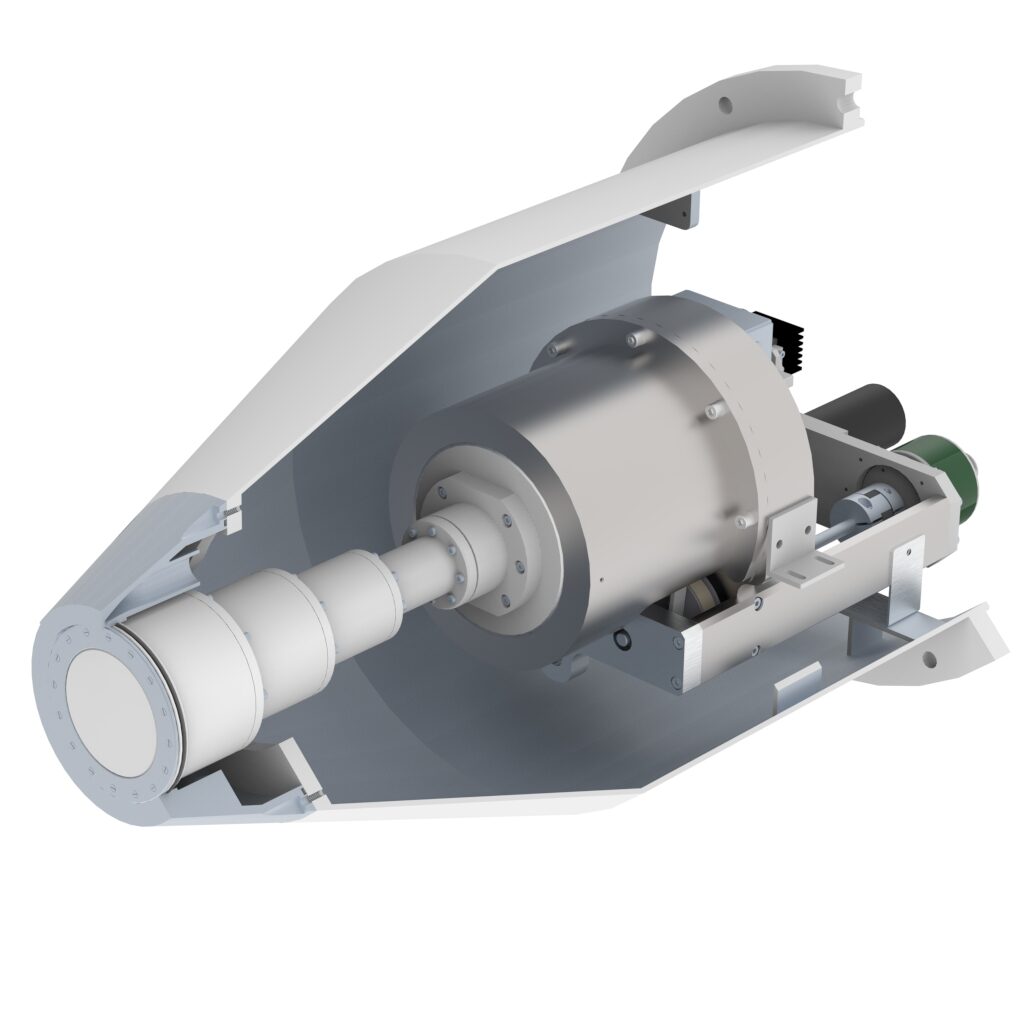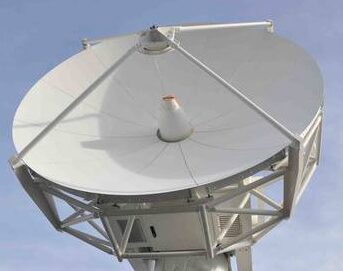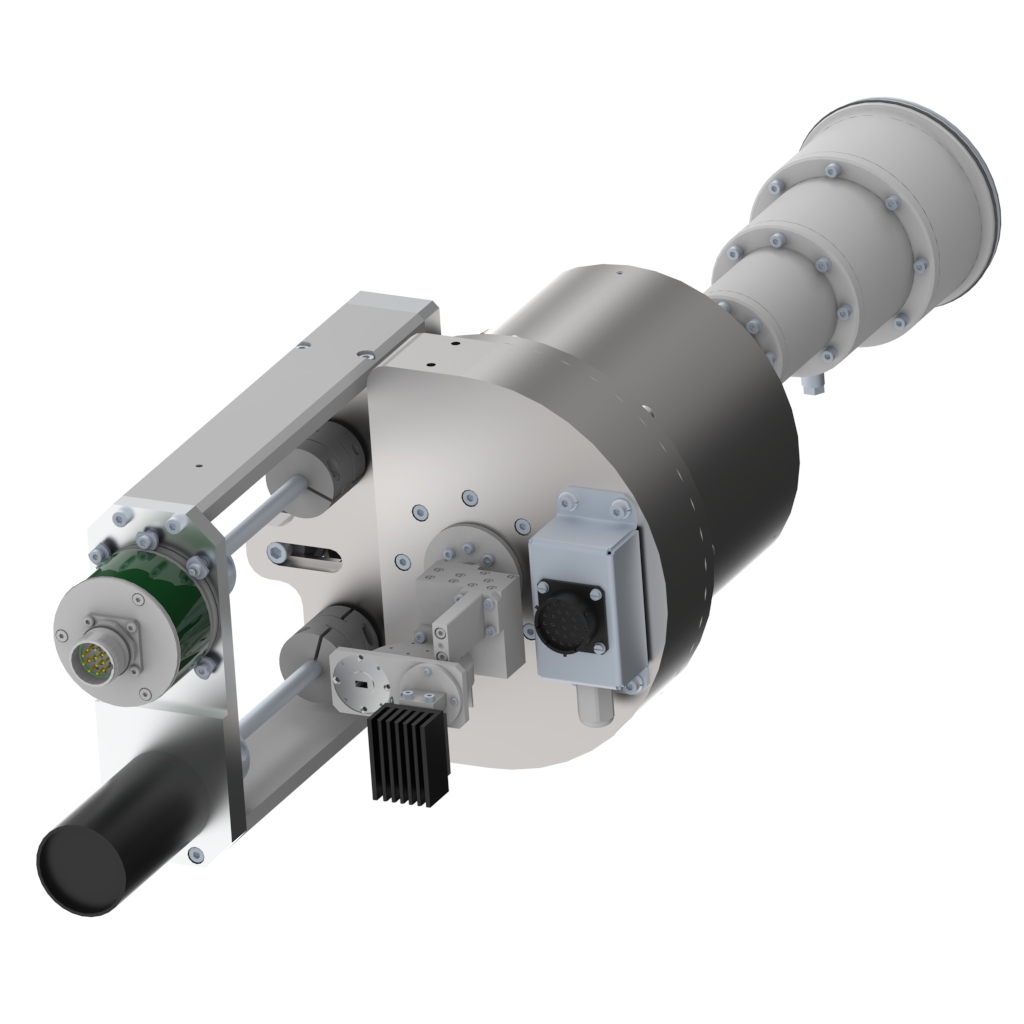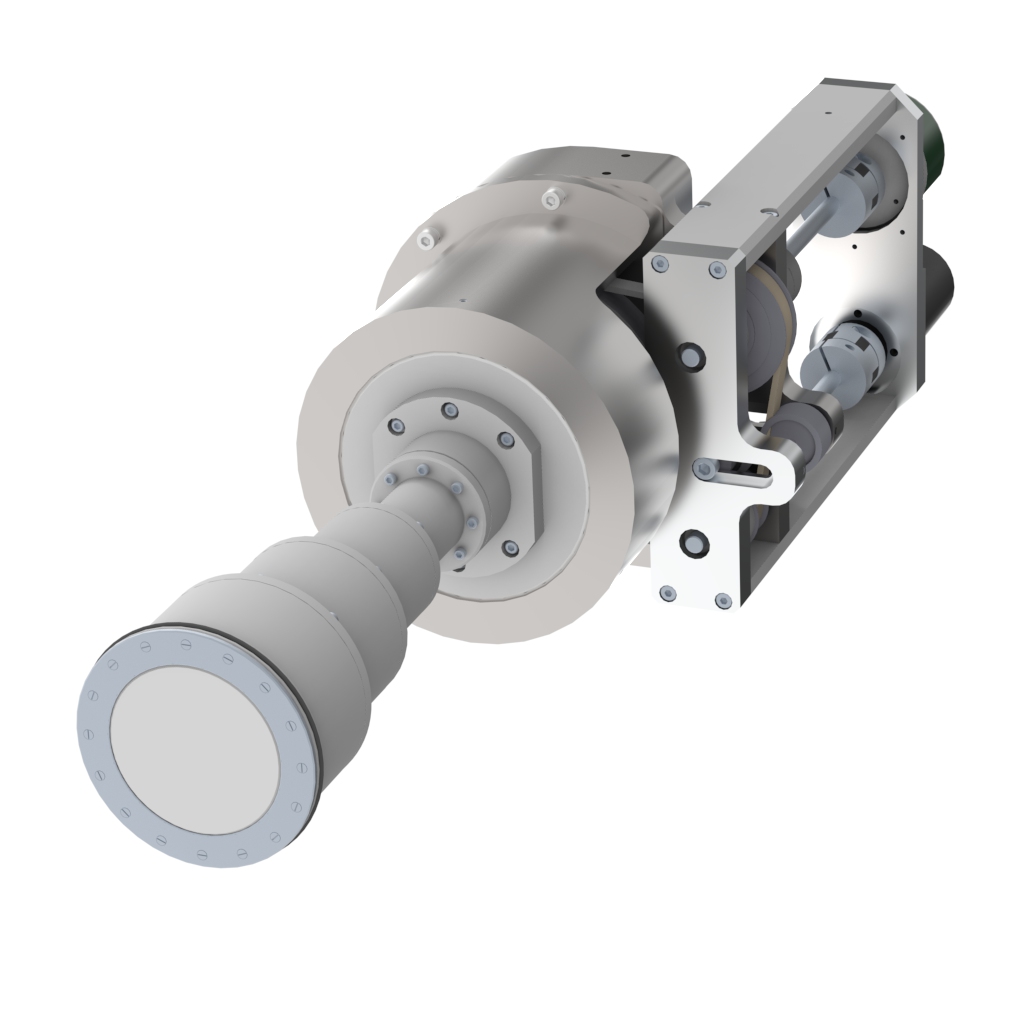The Alphasat I-XL or also Inmarsat-XL, launched in 2013 by an Ariane 5, included beyond its main task several ESA TDPs (Technology Demonstration Payloads). Especially the TDP5 includes a Q-/V- Band communications experiment to assess the feasibility of these bands for future commercial applications. The spacecrafts transponder is equipped with three spotbeams where two point towards Italy and one points to Graz, Austria.
For this reason MIRAD delivered a linear polarized Q-/V-band feed system for a 3m Cassegrain antenna installed on the top of a historical 35m high tower at Joanneum Research in Graz, Austria. Since 2013, the ground station is still in operation and the communication experiment at Q-/V-band works as expected.

The designed system is a 4-port, linearly polarized feed system with a receive frequency range of 37.85 GHz to 39.50 GHz, additionally, the simultaneous signal transmission between 47.85 GHz and 48.15 GHz is possible. For the antenna polarization adjustment to the satellites linear polarized signals, the system is equipped with a motorized 180° polarizer. With this technology, it is not required to rotate the entire feed system or the whole feed tube. Furthermore, by the implementation of this unit the use of flexible waveguides with high losses or the implementation of rotary joints is not necessary. Signal separation is provided by a diplexer unit, that ensures sufficient signal suppression between the bands. The system is equipped with WR22 interfaces for the connection to high power and low noise amplifiers.
The figures illustrate the final antenna at Joanneum Research Graz*, and CAD illustration of the feed (forward and backward view)
Key technical challenges:
- Functionality at Q/V-band frequencies
(Rx: 37.85 – 39.50 GHz, Tx: 47.85 – 48.15 GHz) - Accurate design and analysis
- Mechanical tolerances according to achieve RF performance
- Very precise manufacturing and mechanical tolerance analysis
- RF measurements and testing around 50GHz
Key functionalities:
- Simultaneous signal reception and transmission
- Automatic alignment of linear polarized signals by the motorized polarizer
- Powehandling nominal 50W, max. 250W



